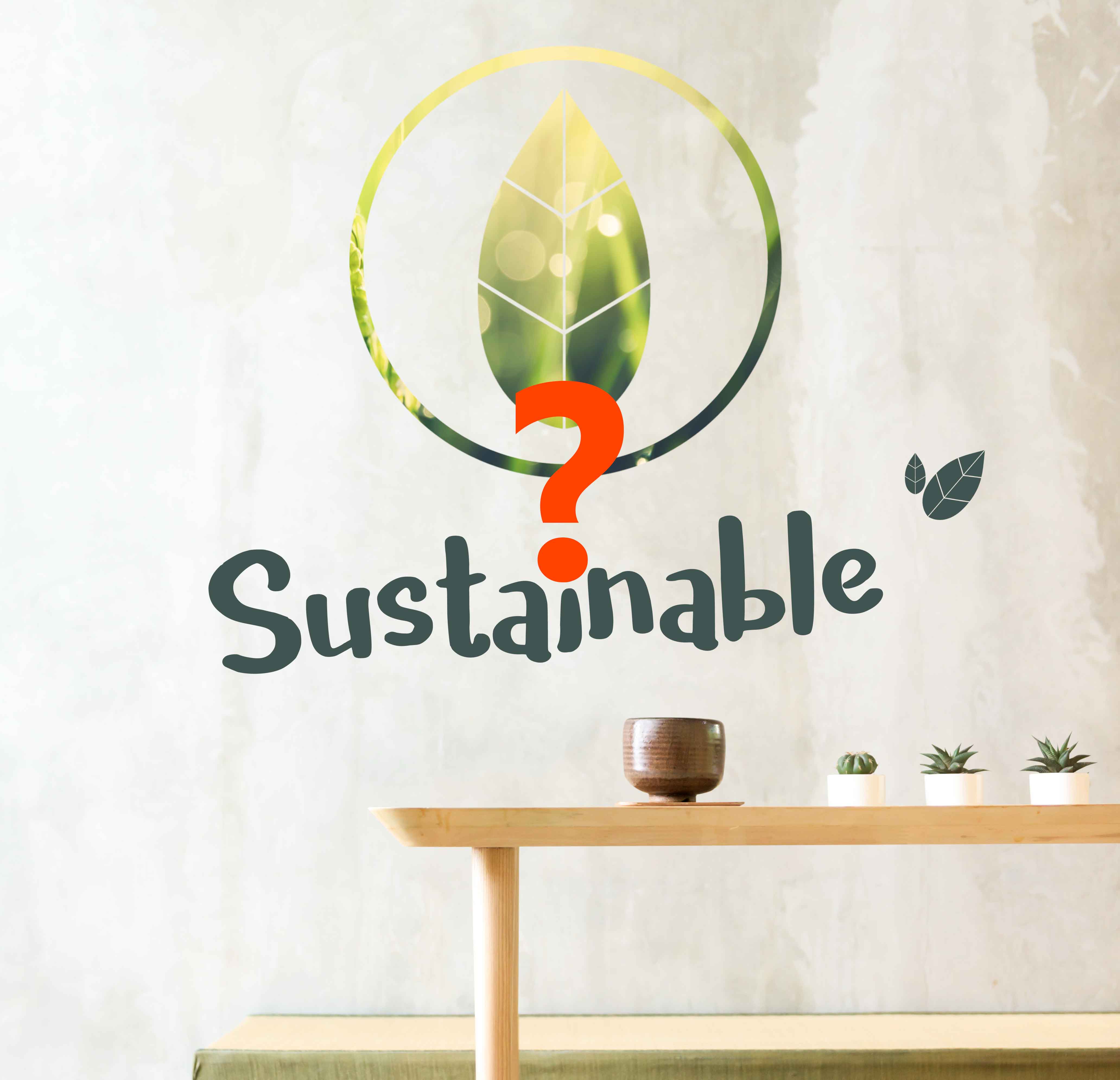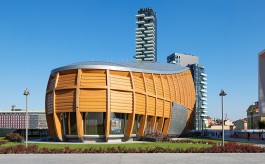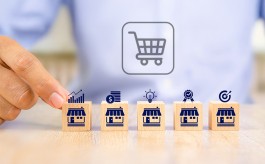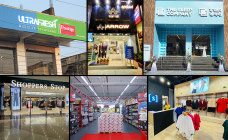Is eco-friendly retailing sustainable?
By N Jayalakshmi | June 06, 2023
After ‘Earth Day’ which was commemorated on April 23rd, it’s now ‘World Environment Day’ (June 5) that has generated headlines. But we need more documented case studies to establish the long-term viability and economic sustainability of ‘green friendly’ initiatives for retail brands. This will help in collective learning and address related challenges.
 The word ‘sustainable’ is today used interchangeably with ‘Eco-Friendly’. While being sustainable involves being eco-friendly, anything eco-friendly may not necessarily be sustainable. Sustainable by its very definition according to the United Nations is, “meeting the needs of the present without compromising the ability of future generations to meet their own needs”. This implies, among other things, responsible usage of natural resources, which of course means being eco-friendly. In effect, ‘sustainable’ is a broad term that includes environmental, social and economic benefits.
The word ‘sustainable’ is today used interchangeably with ‘Eco-Friendly’. While being sustainable involves being eco-friendly, anything eco-friendly may not necessarily be sustainable. Sustainable by its very definition according to the United Nations is, “meeting the needs of the present without compromising the ability of future generations to meet their own needs”. This implies, among other things, responsible usage of natural resources, which of course means being eco-friendly. In effect, ‘sustainable’ is a broad term that includes environmental, social and economic benefits.
The ‘World Environment Day’ that has just gone by is possibly a good occasion to examine the sustainability of eco-friendly practices in the retail segment. After all, retail as an industry is among the biggest contributors to consumption and waste, which impact natural resources and the environment.
The rising pressure to conform to sustainability goals has seen many retail brands getting on the sustainability path.
According to Deloitte’s 2023 CxO Sustainability Report, 73% of Consumer Industry CXOs have increased investments in sustainability over the last year and companies feel pressure from a variety of stakeholders, with customers, board members, and regulators as top 3. The report adds that beyond impact on the planet, CxOs also see benefits of their sustainability efforts expand into areas like brand recognition, customer satisfaction, and increased supply chain efficiency and/or resilience.
When looked at the retail context, the question of sustainability includes several factors.
Architecture and Store Design Elements: Sustainable store design is one of the most obvious parts of a retailer’s sustainability agenda. As Ken Nisch, Chairman of the globally renowned design agency JGA, says in this column for Retail4Growth, “While much of the opportunity and story around sustainability comes from the product, business operations, and commitment of brands to manage their use of resources, the design industry, independently, can also be part of the solution through offering our clients sustainable, smart, and creative solutions that lessen the impact of retail on the environment.”
In the context of sustainable store designs, the choice of materials is obviously critical. As Ian Johnston, Founder and Creative Director, Quinine, says, “Retailers must consider what materials are being used and where they are being sourced from. The use of FSC-certified timber is becoming more widespread, but brands need to go further. For example, Stella McCartney has begun using biodegradable mannequins in her stores whilst Glossier has used ‘living plant’ elements to define store spaces.”
Other store elements like lighting and fixtures can also be made sustainable through proper planning and discussion with the suppliers and partners. For example, LED lights are 75% more energy efficient than an incandescent equivalent and can last 25 times longer, as experts point out. The preference to leverage natural lights also growing among retail designers, which obviously reduces the demand for artificial light and energy. And the fact is that energy savings also mean cost savings.
In terms of fixtures too, well thought out design and collaboration with the designers can result in efficient and sustainable usage. As Ian says, “At the point when fixtures are no longer needed, they should be easy to disassemble and the material make-up easy to separate, so they can be recycled. With this aspiration, logic suggests the best design is the one that uses the least number of materials.”
Waste Management, Reselling & Recycling: This is one of the most crucial aspects in the whole sustainability agenda in retail. It includes not just the merchandise, but also wastes from in-store displays and printed communications.
Some brands have partnerships with both their customers and their vendor partners to reuse/return/resell merchandise/other materials. But it will need a well thought out system and the sustained involvement of all stakeholders. As Ken says, “Finding vendors and suppliers who share your commitment to a sustainable future through their use and commitment to recycled materials in their products is important.”
Efficient Supply Chain: Retail supply chain reportedly contributes to 25% of greenhouse gas emissions (GHG) globally. In this context, it is worthwhile to note Deloitte’s report: “Reducing GHG emissions across a retailer’s supply chain takes the top spot in the list of sustainability priorities, while at the same time, it is one of the more complicated pieces of the decarbonization puzzle. Setting science-based targets and monitoring progress through dashboarding, independent audits and by using frameworks such as CDP (formerly the Carbon Disclosure Project) could help retailers accelerate their progress towards sustainability. Achieving sustainability across a retailer’s supply chain operations also comes with the added benefits of cost savings and improved efficiencies.”
Customer engagement & campaigns
An increasing number of retail brands are rolling out campaigns and communications to spread awareness among their consumers on sustainability. Brands like IKEA and Selfridges have initiated many in-store projects to demonstrate how sustainability can work. Closer home retail chain Simpli Namdhari’s recently initiated the ‘Goodness Walkathon’ in Hyderabad on the occasion of World Environment Day this year. And this is just one among many such initiatives by retailers.
Long term Vs short term gains
Well, it goes without saying that any initiative must be economically viable for a retail brand to continue being responsible in its operations. This is where an insightful comparison between long term and short gains, based on the business priorities could help. Greg Petro writing in the Forbes drives home the point effectively. He says, “If Brand A decides to move forward on sustainability and absorbs a cost of 5% more and consumers simply continue to buy from them at the same rate, they have lost 5% gross margin. This assumes nothing changes in the competitive landscape. But let’s say their competitors follow. Likely the overall cost will come down and then everything falls back into the same equilibrium. The difference is consumers and society as a whole have benefited. However, if their competitors don’t follow, they could potentially gain market share and the gross margin percentage may go down, and the revenues and customer acquisitions grow. Long term they win. If the company chooses not to follow the sustainability desires of the customer, while they may in the short term gain the 5% gross margin, they risk losing to competitors who do adopt and they also risk losing long-term customer base and revenue.” Greg’s words throw up a question: So what should a brand do? He gives the answer himself: “It seems clear that understanding and anticipating how consumers are likely going to react through testing the strategy would be far superior and more risk-averse than executing on either side and then responding.”





_140_270.png)



Comments